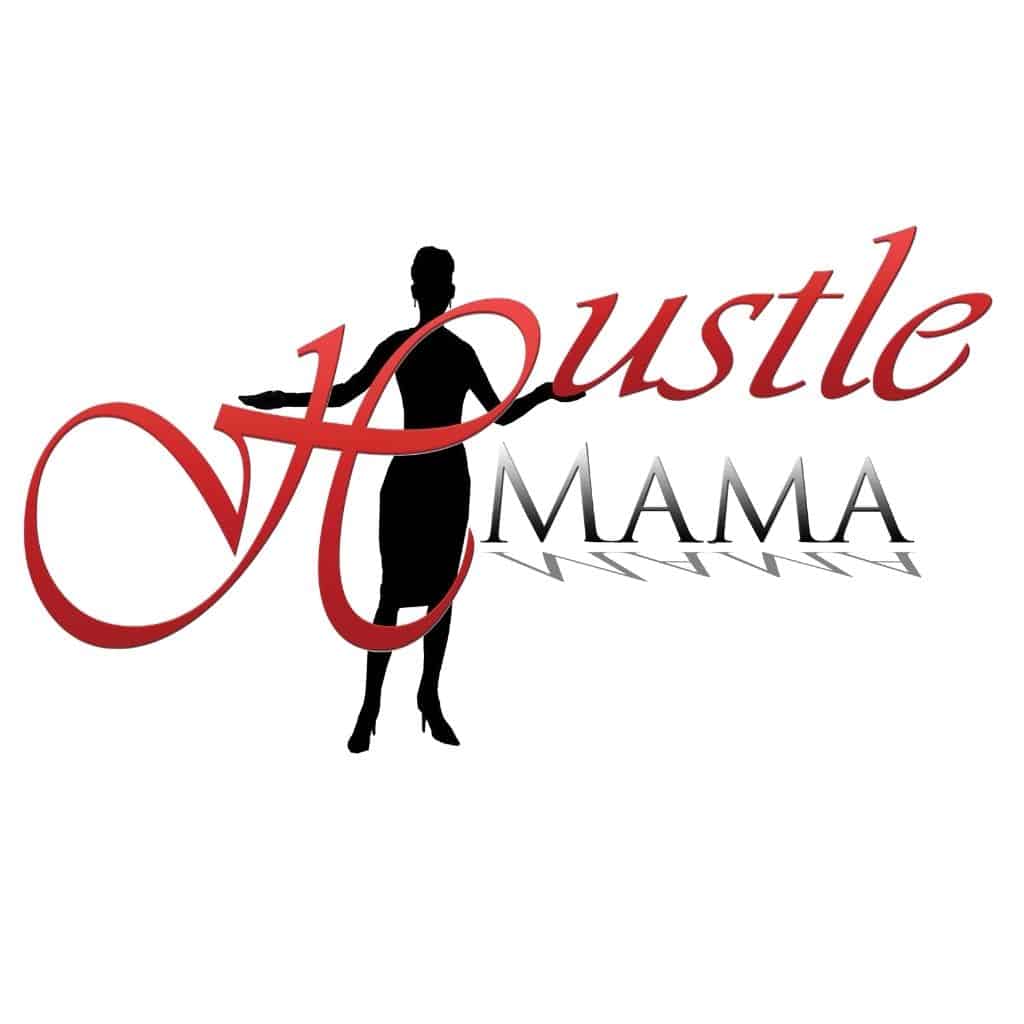History is not focused on so much in school these days. I was disappointed to learn that it isn’t even included on the big, important ACT. But a knowledge of history is vital to Americans. History is where you know the average length of time the world’s civilizations have endured and where we are currently on that time clock. It’s where you learn from the past about what works and what doesn’t so you don’t make the same mistakes as a society. But it can also be one of the driest subjects to children. The teacher must have a fire for the matter herself and then transmit that excitement to her students.
Take a page from my own childhood experience. I entered sixth grade very excited to have my first encounter with world history. Still, it quickly became an overwhelming bore, with dozens of end-of-chapter questions that had to be answered in complete sentences, hundreds of vocabulary words, and memorization of meaningless facts. History did not come alive for me at all, and I made a D, yes, a D in history, my only one ever, and only because of so many incomplete assignments. That class effectively killed my budding love of record for the next ten years.
So we make history differently in our homeschool. Yes, there are still assignments, and I do like my children to be familiar with a few key dates (Columbus-1492, Civil War-1861-1865, etc.) But my goal has been to bring out the importance of history and its effects on all of our lives and inspire with the curious and innovative spirits of so many historical figures. Both of my kids have indicated that they “get it,” and one has even stated that he likes history. A beautiful moment!
So for our “spine,” as it’s called (the primary resource you use as an overview of history), we used some excellent textbooks, just your basic, “This happened, followed by this happening, etc.,” not always fascinating by itself. Still, I like my children to get the big picture of the world’s history to date. The supplemental resources we’ve used are really where it’s at, where you get the words of people who say, “I was there, and this is what it was like.” In that vein, we read lots of books and watched lots of documentaries and films. There are many exciting biographies, written on a children’s level, that you can buy or check out from your local library. Many homeschool websites provide resources and recommendations for history supplements that include hands-on activities, games, crafts, stories, and other things that make the subject come alive for kids.
Timelines are handy for seeing how events fit together in history and to see what was going on in different parts of the world at the same time. We have a large, comprehensive one covering one wall of our schoolroom, plus each child has their sketchbook where they keep a timeline with small drawings of each entry. History can become a favorite subject in your homeschool too.




